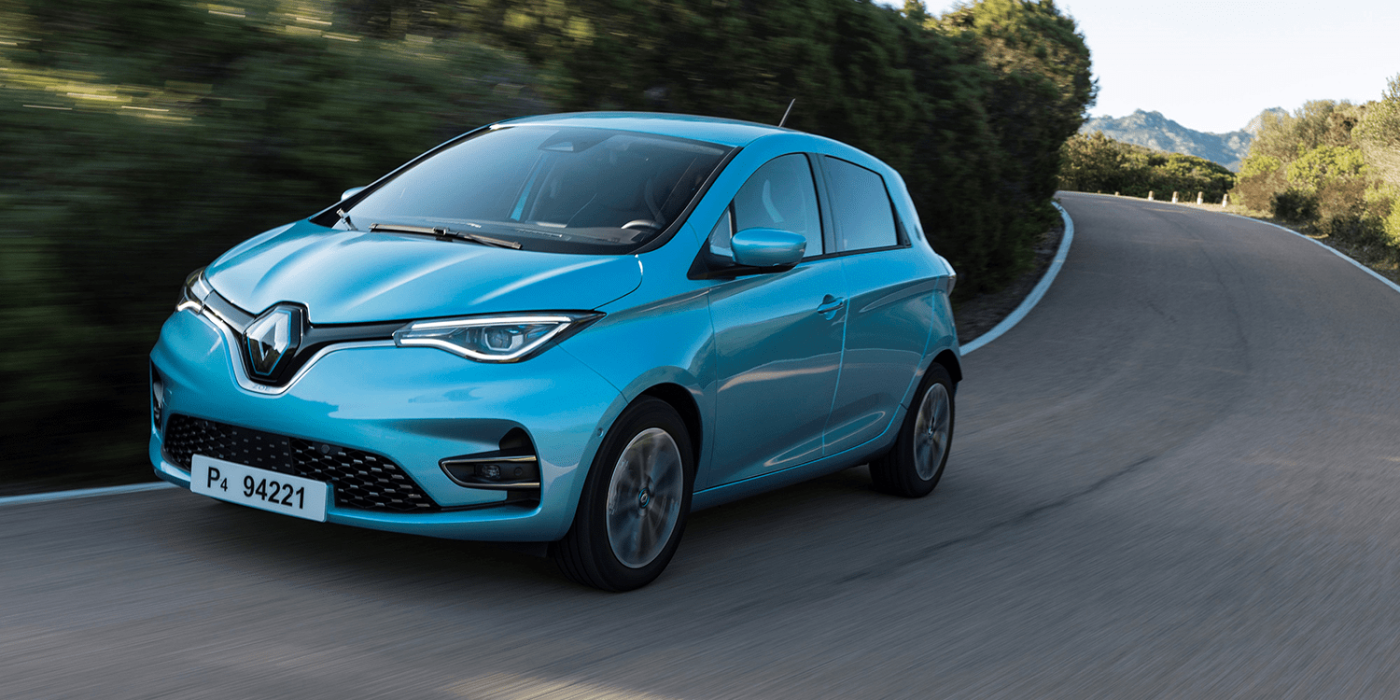Increased EV subsidies go into effect in Germany
The increased environmental bonus has now come into force with its publication in the German Federal Gazette for official announcements. Meanwhile, the ministry responsible for the allocation of the bonus – the Federal Office of Economics and Export Control (BAFA) – has updated its website.
Just over a week ago, the European Commission announced that it has no objections to an increase in financial support for electric vehicles in Germany. Now the new environmental bonus is official.
It was announced last week that the adjusted subsidy guideline will be published in the Federal Gazette in February and thus come into force. The new subsidy rates are retroactively applicable to all vehicles registered after 4 November 2019.
The directive will expire on 31 December 2025 or when the budget is exhausted. As was the case previously, the federal government and car manufacturers will share the subsidy equally. The federal government is providing 2.09 billion euros for the extended subsidy.
Among other things, it was decided to increase the existing environmental bonus for purely electric cars with a netlist price of fewer than 40,000 euros from 4,000 to 6,000 euros – with a netlist price of up to 65,000 euros, 5,000 euros will still be subsidised. Plug-in hybrids will also continue to be subsidised, with the rate rising from 3,000 to 4,500 euros up to a netlist price of 40,000 euros. Funding for PHEVs with a netlist price between 40,000 and 65,000 euros will only increase to 3,750 euros instead of the announced 4,000 euros.
For vehicles registered up until 4 November 2019, the subsidy rates from the 28th of May 2019 apply. These older guidelines also apply to vehicles registered from 5 November 2019 until the entry into force of this amended subsidy directive and which have received the manufacturer’s share in the amount contained in the subsidy directive version of 28 May 2019. It remains unclear, however, how this will be the case if the manufacturer is subsequently allowed to increase its share.
Young used vehicles will also be promoted: In the case of a second registration, the vehicle may have been registered for a maximum of 12 months. In the case of a second registration, the vehicle may have a maximum mileage of 15,000 km and must not have been demonstrably subsidised by the environmental bonus or a comparable state subsidy in another EU country. In the case of a second registration, the subsidy rates for vehicles with a netlist price for the basic model in Germany of more than 40,000 euros up to a maximum of 65,000 euros apply accordingly.
In addition, the purchase of an AVAS is also eligible for support if, at the time of purchase, it was installed as standard equipment by the manufacturer or by an authorised workshop in a vehicle to be supported in accordance with this directive. The eligibility for an AVAS ends for new vehicle types in which the manufacturers must install such a system by 1 July 2019 at the latest in accordance with the first sentence of Article 8 Paragraph 1 of Regulation (EU) No. 540/2014 on the noise level of motor vehicles and of replacement silencer systems, with the entry into force of this amended subsidy directive, for all other electric vehicles registered by 30 June 2021.
There was, however, one more change: if it was previously possible to apply for post-sales subsidies, this is no longer possible now. “To simplify the procedure, applications can only be submitted for electric vehicles that have already been registered. The applicant can therefore submit all necessary documents at the time of application”, BAFA states on its website.
As far as applications are concerned, 173,841 applications for the purchase premium have been received by BAFA so far since inception, 114,738 of which were for battery electric vehicles, 58,991 for plug-in hybrids and 112 for fuel cell vehicles. BAFA registered exactly 9,262 applications for the environmental bonus in January. Last month, a total of 5,352 applications for purely battery-electric vehicles were received. This was 582 more than in December (4,770). There were also 3,907 applications for plug-in hybrids and 3 more for fuel cell vehicles.
Reporting by Daniel Bönninghausen, Germany
bundesanzeiger.de (PDF), bafa.de (all in German)





0 Comments